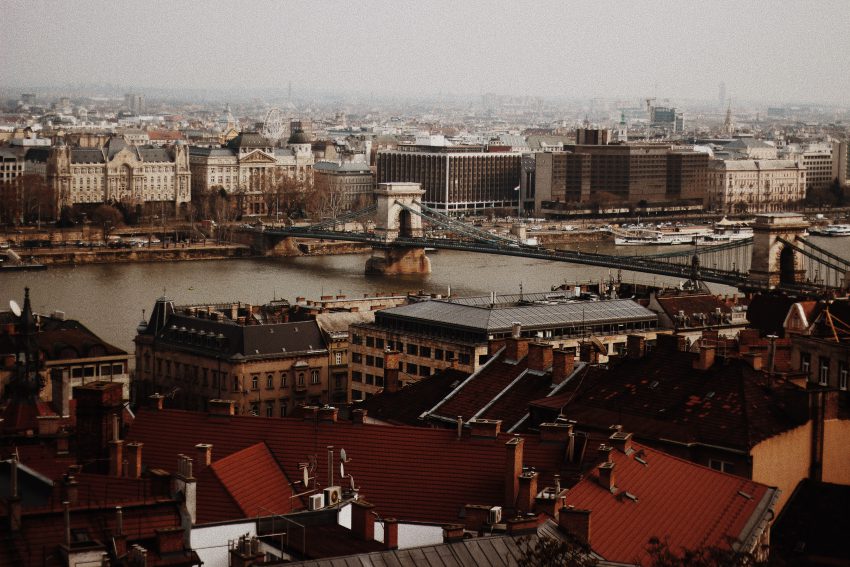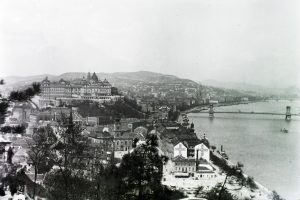On 15 March we commemorate the outbreak of the failed revolution of 1848-1849 that ended up growing into a war of independence from the Austrian Empire. To get to know some of our local heroes, check out the following street names which make a great window into Hungarian history.

Gábor Áron utca
Once a carpenter, agriculturist and frontier guard, Transylvanian Gábor Áron Lemhényi (1814-1849) was an artillery officer who achieved notoriety by making money off his properties to financially support the Hungarian forces with cannon production. Gábor Áron literally sacrificed everything he had, including his own life: he was killed in action (hit by a cannonball) in 1849 while fighting against the Tsarist invading forces.
Bajza utca
József Bajza (1804-1858) was a poet, theatre manager and critic, who used all his well-deserved prestige to support Hungarian statesman Lajos Kossuth, governor-president of the Kingdom of Hungary at the time. His pen was his weapon. After the fall of the revolution Bajza’s life was in danger, he was forced to go into exile. Only after 1951 he could return to Pest, but the revolution took its toll on his health: his mind had entirely gave away.
Guyon Richard utca
British-born Hungarian soldier Richard Guyon-Debaufre (1813-1856) joined the Hungarian Hussars in 1832. Later, he was among the firsts to offer his services to the national governments and became an officer of the Royal Hungarian Army. He won great distinction in multiple battles, even managed to defeat the imperial army in the battle of Hegyes. Unfortunately, his battalions had to retreat on 9 August 1848; Guyon then escaped to Turkey where he continued his military career under the name Kourshid Pasha.
Lebstück Mária utca
Born into a wealthy Croatian merchant family, Mária Lebstück (1830-1892) was a Hussar officer during the Hungarian War of Independence. When she was only 17, she dressed herself as a man and enlisted in the universities regiment. Mária kept this disguise until 1848, when she appeared at a military event wearing a dress. Among other battles, she served with great valour in the Battle of Verpelét (northeast Hungary), saving more than 86 wounded fellow men.







